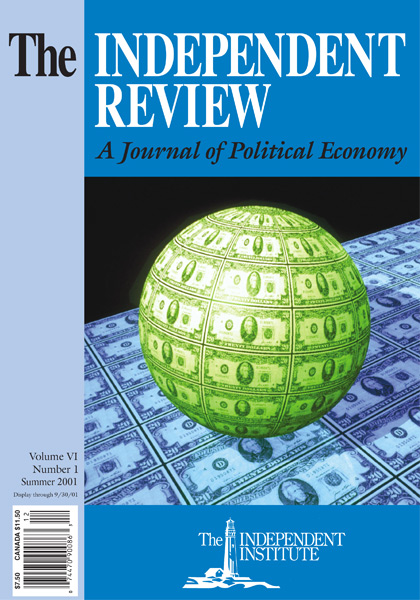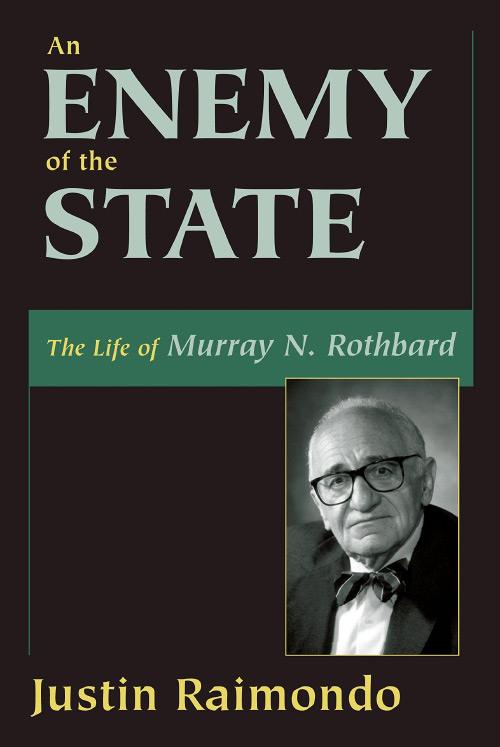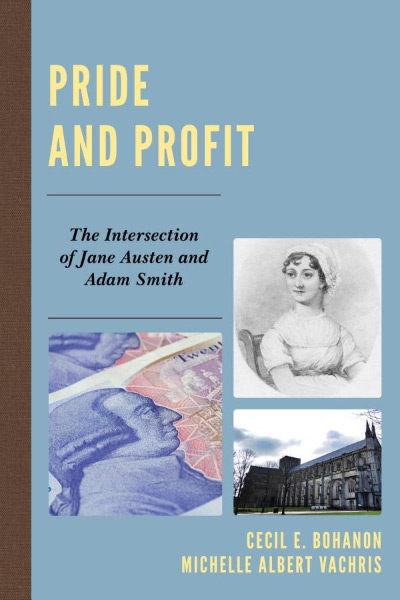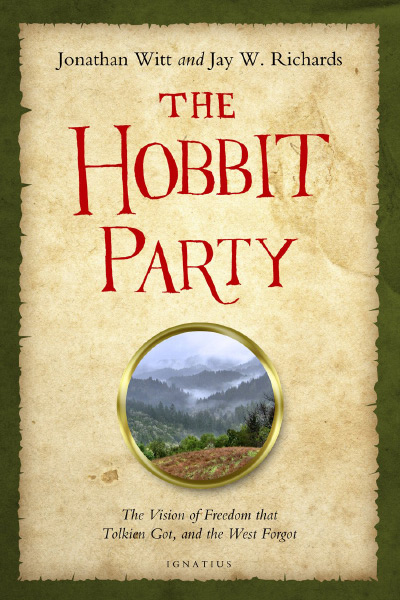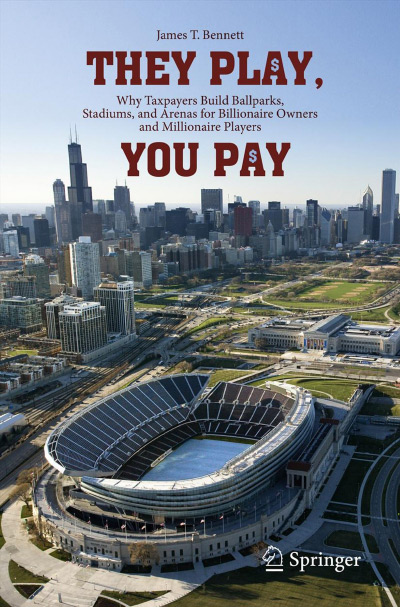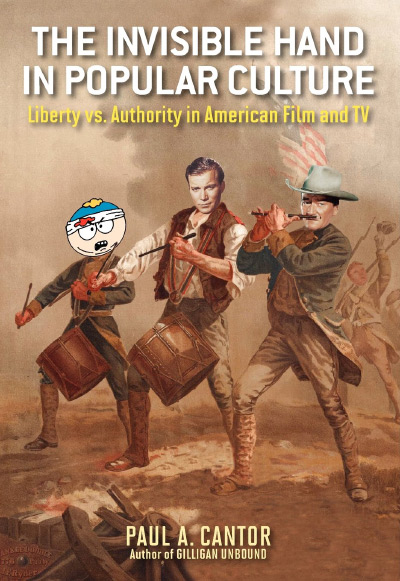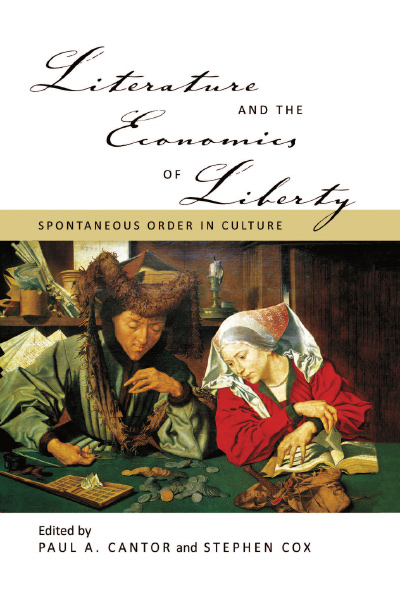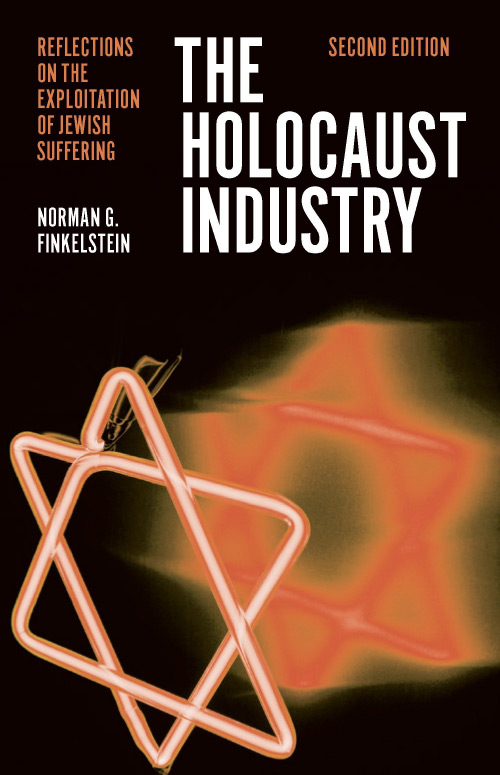In his 1992 inaugural address as president of the paleoconservative John Randolph Club, Murray Rothbard urged his audience to repeal the twentieth century! (p. 366). This invocation would have been a good alternative title for Justin Raimondo’s energetic and well-written new biography of Rothbard. The Austrian economist and libertarian activist spent a lifetime doing battle with defenders of the welfare-warfare state, which reached its highest form of development in the twentieth century. As we look back on that century’s record, it is difficult to disagree with Rothbard’s negative assessment of it. R. J. Rummel has even coined a word, democide, to describe the killing of civilian populations during war, the extermination of people in the pursuit of racial purity, the collectivization of agriculture, or other social-engineering desiderata that occurred during the twentieth century.
Rummel started on the left but shifted ground to libertarianism as a result of experience, research, and reflection. Rothbard, on the other hand, despite being born into a New York Jewish immigrant family with leftist sympathies (one uncle was an engineer on the Moscow subway), seems always to have been an enemy of the state. Raimondo attributes this quality to the influence of Rothbard’s father, David, who disdained socialism and preached the gospel of science and rationalism, even naming his son Murray Newton. Rothbard was a precocious child, and like many such geniuses he found social acceptance difficult. Although his parents hired a boxing instructor, he did not respond well and later wrote that it quickly became apparent to all concerned that my career was not along pugilistic lines (p. 29).
In fact, Rothbard did have the hallmarks of a pugilist and contrarian. Throughout his life, he found himself at odds with conventional wisdom and was not shy about making his position known. He found himself first associating with then breaking with William F. Buckley, Ayn Rand, and Karl Hess. His political enthusiasms ran the gamut from the states’ rights Strom Thurmond in 1948 to the Democrat Adlai Stevenson in 1960, the Libertarian Ed Clark in 1980, and the independent nationalist Patrick Buchanan in 1992. Raimondo notes that even among Mises and the Misesians [Rothbard’s] political views were considered heretical if not beyond the pale (p. 141).
Raimondo quite persuasively suggests that most of these twists and turns can be explained by Rothbard’s varying calculations on how best to ensure that the United States repudiated imperialism and the Cold War. As Rothbard himself explained at a 1994 Mises Institute conference, he had concentrated his ideological and political activism on America’s wars because he found them unjust and because war has always been ‘an instrument of state power over the health, the lives, and the property of their subject citizens and social institutions’ (pp. 294–95).
Rothbard’s inclination to take the least-traveled path began early in his career. While working on a doctorate in economics at Columbia University, he began attending Ludwig von Mises’s famous seminars at New York University. Inspired by Mises and already familiar with Frank Chodorov and the stable of writers at the Foundation for Economic Education, Rothbard committed himself to promoting the apodictic wisdom of the Austrian school of economics. As he well knew, that decision was not a smart career move, and he never held an academic post commensurate with his talents. Austrian economists, with their skepticism about quantitative methods and their outspoken advocacy of laissez-faire economics, were not welcome in the academy in the 1950s and 1960s.
Unable to find a university position, Rothbard signed on with the conservative Volker Fund as what Raimondo characterizes as an ‘intellectual entrepreneur’ (p. 54). He was to read academic journals, manuscripts, and books, and prepare reports for Volker on promising laissez-faire scholars. Although Raimondo does not mention it, Rothbard evaluated for Volker a draft of Hayek’s Constitution of Liberty, found it deeply flawed, and urged the Volker Fund to have nothing to do with its publication. The Volker Fund provided Rothbard with a multiyear grant to prepare what became in 1962 his magisterial contribution to the Austrian tradition, Man, Economy, and State, but apparently declined to support the third part of the treatise (eventually published in 1969 as Power and Market) in part because of the work’s anarchist implications.
As early as 1950, Rothbard had concluded that the limited-government position was an untenable compromise. Once posit that the state has legitimate functions, such as the provision of common defense, courts, and a constabulary, and you have lost the argument to the statists, who can always find reasons for additional functions. Unlike Buckley, who resigned himself to the expansion of the state as a means of countering the Soviet threat, Rothbard insisted that the Russians were not inherently aggressive. Prosecution of the Cold War, Rothbard warned, would magnify the power of the state beyond recognition. When Buckley protested Khrushchev’s 1959 visit, complaining that the general secretary might be sleeping in Lincoln’s bedroom, Rothbard shot back that this accommodation would be ‘more than apt, considering that Mr. K’s deeds in Hungary were precisely equivalent to Mr. Lincoln’s butchery in the South’ (p. 104). For these offenses and others, Buckley anathematized Rothbard.
Rothbard certainly was no defender of the Soviet system, despite National Review innuendoes to the contrary. Indeed, Rothbard predicted in 1965 the eventual collapse of the Soviet state. He argued that ‘socialism confronts the inner contradictions of statism most starkly. Desperately, socialism tries to fulfill its proclaimed goals of industrial growth, higher standards of living for the masses, and eventual withering away of the state—and is increasingly unable to do so through its collectivist means. Hence, the inevitable collapse of socialism’ (p. 266). Although the exact configuration of forces that brought down the Soviet state will long be debated, Rothbard clearly anticipated the declining ‘self-legitimacy’ of the Soviet system.
By the mid-1960s, Rothbard was estranged from the conservative movement. Detecting libertarian elements in the nascent student rebellion, he, Leonard Liggio, and George Resch founded Left and Right: A Journal of Libertarian Thought in 1965 and went trolling for antistatists among opponents of the Vietnam War. Although there was some cross-fertilization between left and right during the late 1960s (as recently discussed in Rebecca E. Klatch’s A Generation Divided: The New Left, The New Right, and the 1960s [Berkeley: University of California Press, 1999]), libertarianism attracted the bulk of its adherents from the right. Indeed, as the New Left became increasingly violent in the late 1960s, Rothbard concluded that the attempted alliance had been ‘disastrous for libertarians’ (p. 195). He denounced the Students for a Democratic Society (SDS) in a series of essays in the Libertarian Forum, which he had just begun publishing in 1969.
The 1970s were a time of heightened activity for Rothbard. Noticing the libertarian movement’s increasing visibility, Macmillan asked him to write a book explaining its ideas. He responded in 1972 with For a New Liberty, which remains today his most popular book. During that decade, he also produced a four-volume history of colonial America, Conceived in Liberty; began work on a natural-rights defense of liberty, Ethics of Liberty (eventually published in 1982); edited the Journal of Libertarian Studies; wrote chapters for numerous other publications; and still managed to find time for political journalism!
All this activity gave Rothbard a high profile in the fledgling libertarian political movement. When the Committee to Organize a Libertarian Party canvassed its members in 1971 about their preferences regarding a presidential candidate, Rothbard ranked first, followed by Alan Greenspan! Rothbard declined, skeptical that a third party could mount a credible campaign against statism. By 1975, he had changed his mind for at least three reasons: billionaires Charles and David Koch were prepared to commit substantial funds; the party had selected Edward Crane, a no-nonsense San Francisco broker, as its chairman; and Rothbard was now convinced that America was mired in a systemic crisis. Keynesianism had produced stagflation. A century of statism had consumed the ‘fat’ that free markets had previously generated. Looking at the disarray, Rothbard predicted that libertarians were on the road to victory.
Even though the 1976 Libertarian presidential candidate, Roger MacBride, received just 0.2 percent of the popular vote, Rothbard was not discouraged, characterizing the party as the largest ‘third party’ in America. Concerned that some libertarians favored a gradualist approach, Rothbard warned against what he considered ‘right opportunism.’ He was even more concerned about right deviations after Ed Clark’s 1980 campaign. Although Clark received about 1 percent of the popular vote, the highest percentage the Libertarian Party’s presidential candidate has ever attained, Rothbard was incensed by what he considered an unprincipled campaign. He broke with Crane and the Koch-funded Cato Institute and struck out to reclaim the movement. He and his supporters gained control in the 1983 convention, but even Raimondo admits that the victory was not worth much because more than half the talent and virtually all the money had left the party (p. 248). Ever the optimist, Rothbard reacted to the Iran-Contra scandal by announcing that the Libertarian Party had an ‘unprecedented chance to leap into the mainstream of American history.’ Although Rothbard’s candidate, former Republican congressman Ron Paul, won the party’s 1988 nomination, in the general election he obtained fewer than half the number of votes Clark had collared eight years earlier.
Subsequently Rothbard left the Libertarian Party, helped found the John Randolph Club to resurrect the ‘Old Right’ of 1945, and improbably supported Patrick Buchanan in 1992. According to Raimondo, Rothbard believed that with the ‘rebirth of the Old Right ... the grip of the elites could be shattered,’ and a reborn right-wing populism ‘would shake the federal Leviathan to its very foundation’ (p. 293).
Rothbard died in 1995, but the Leviathan still stands. What sustains it? Echoing the Marxists, Rothbard suggested that the public suffered from a “false consciousness,” the court intellectuals having convinced them of the state’s legitimacy. All his life Rothbard fought passionately to undermine arguments in favor of the state, even a limited state, but he made little or no impression on the popular mind. The Libertarian Party proved a feeble vehicle for such mass communication, and Pat Buchanan’s independent candidacies hardly advanced the argument for anarchocapitalism.
Rothbard had more influence with a segment of the intellectual classes—witness the outpouring of affection collected in Murray N. Rothbard: In Memoriam (Auburn, Ala.: Ludwig von Mises Institute, 1995). Certainly his scholarly and polemical output of twenty-eight books and thousands of articles was remarkable, making contributions in economics, history, political science, and sociology. Around 1900, the reform Darwinist Lester Frank Ward taught a course at Brown University entitled “Survey of All Knowledge.” If any university had been bold enough to offer such a course while Rothbard was alive, he would have been a prime candidate to teach at least the social-science sections.
Raimondo insists that Rothbard was a“thinker of similar importance” to Karl Marx (p. 157), but Rothbard’s undeniable genius notwithstanding, this description seems an overestimation. For the moment, Mises, Hayek, and Milton Friedman loom larger in the firmament. What Rothbard did produce, among his many other accomplishments, was a multidimensional argument for anarchocapitalism. In life, he was a happy warrior on behalf of that as yet unrealized vision. He has been proved correct in his assessments of the signal importance of World War I for constructing the modern state and in identifying Hoover’s policies as anticipating the New Deal. Perhaps his optimism regarding the feasibility of a stateless society will some day be validated. In the meantime, Raimondo has written an excellent introduction to Rothbard’s life’s work.

